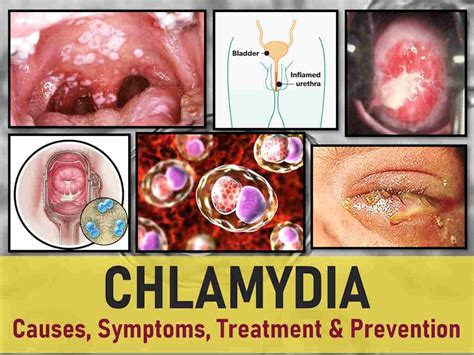Chlamydia, a bacterial infection caused by Chlamydia trachomatis, is one of the most common sexually transmitted infections (STIs) worldwide, affecting both men and women. In females, the symptoms of chlamydia can be subtle and may not always be immediately apparent, which is why it’s often referred to as a “silent” infection. However, if left untreated, chlamydia can lead to serious health complications, including infertility, chronic pelvic pain, and increased risk of ectopic pregnancy. It’s essential to recognize the symptoms and seek medical attention promptly to prevent long-term consequences.
Early Signs and Symptoms
While some women may not experience any symptoms at all, others may notice:
- Abnormal Vaginal Discharge: This is one of the most common symptoms, characterized by an unusual increase in discharge, which may be cloudy, yellow, or bloody.
- Painful Urination: Dysuria, or painful urination, can occur due to the infection spreading to the urethra.
- Abdominal Pain: Lower abdominal or pelvic pain can be a symptom, often described as a dull ache or cramp.
- Bleeding Between Periods: Some women may experience spotting or light bleeding between menstrual periods.
- Pain During Intercourse: Dyspareunia, or painful sexual intercourse, can be a symptom due to inflammation of the cervix or pelvic area.
- Fever: In some cases, a low-grade fever may be present, although this is less common.
Advanced Symptoms
If chlamydia is not treated, it can lead to more severe health issues, including:
- Pelvic Inflammatory Disease (PID): This is an infection of the female reproductive organs. It’s a major complication of untreated chlamydia and can cause permanent damage to the reproductive system, leading to infertility.
- Ectopic Pregnancy: PID caused by chlamydia can increase the risk of an ectopic pregnancy, where the fertilized egg implants outside the uterus.
- Chronic Pelvic Pain: Long-term, persistent pain in the lower abdomen can significantly affect quality of life.
- Infertility: Untreated chlamydia can cause scarring in the fallopian tubes, which can prevent fertilization.
Diagnosis and Treatment
Diagnosing chlamydia involves a medical exam and lab tests. Healthcare providers may use a urine test or a swab of the cervix to collect a sample for testing. Chlamydia is treatable with antibiotics, typically azithromycin or doxycycline, which can cure the infection. It’s crucial for sexual partners to be tested and treated as well to prevent reinfection.
Prevention
Preventing chlamydia involves practicing safe sex, including the use of condoms during vaginal, anal, and oral sex. Regular STI testing is recommended for sexually active individuals, especially those under 25 or with multiple partners. Education and awareness about STIs can also play a significant role in prevention.
FAQs
How common is chlamydia among women?
+Chlamydia is one of the most common STIs affecting women worldwide. According to the World Health Organization (WHO), approximately 131 million new cases of chlamydia occur every year among women aged 15-49 years.
Can chlamydia affect pregnancy?
+Yes, untreated chlamydia can increase the risk of preterm labor, low birth weight, and transmission of the infection to the newborn, potentially causing eye or lung infections.
How can I reduce my risk of getting chlamydia?
+Using condoms during sexual intercourse, getting regular STI screenings, and being in a monogamous relationship with a partner who has been tested for STIs can reduce the risk of chlamydia.
Can chlamydia be cured?
+Yes, chlamydia can be cured with the appropriate antibiotic treatment. It's crucial to complete the full treatment course, even if symptoms disappear before finishing the medication.
Recognizing the symptoms of chlamydia and seeking medical attention early is crucial for preventing long-term health issues. Education, prevention, and treatment are key components in managing this infection and promoting sexual health.


